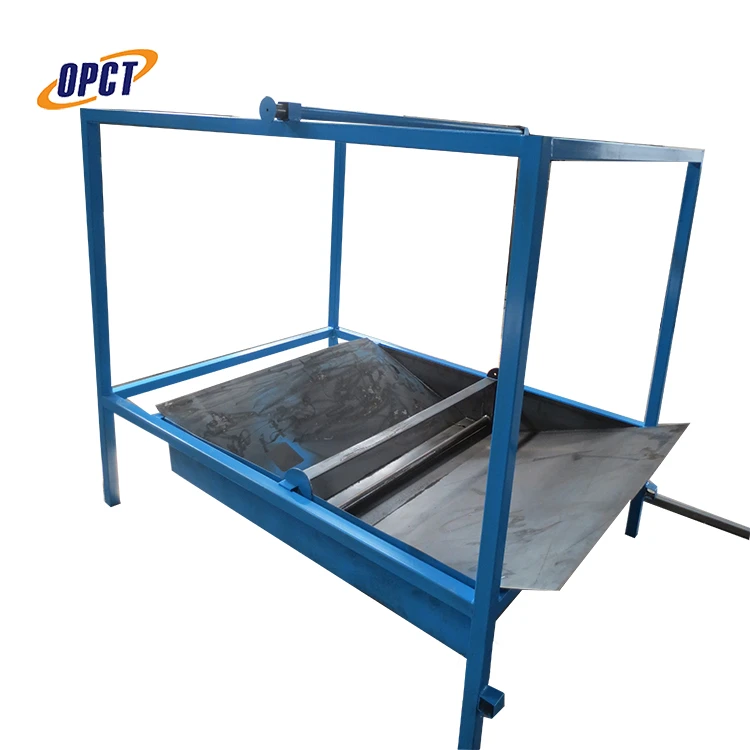Fiberglass rods have gained significant traction across various industries due to their exceptional properties and versatility. Whether utilized in construction, telecommunications, or even recreational applications, fiberglass rods offer a unique blend of strength, flexibility, and durability that make them a preferred choice over traditional materials.

One of the standout features of fiberglass rods is their high strength-to-weight ratio. In industries such as construction, where both durability and ease of transport are crucial, fiberglass rods provide a solution that doesn't compromise on either front. Their lightweight nature reduces transportation costs and facilitates easier handling on site, while their tensile strength ensures they maintain structural integrity under pressure. This attribute is particularly beneficial in the construction of bridges, buildings, and other structures where load-bearing capacity is critical.
Moreover, fiberglass rods are inherently resistant to corrosion, making them a superior choice in environments exposed to moisture or chemicals. Unlike metal rods which can rust or degrade over time when subjected to harsh weather conditions, fiberglass maintains its composition, ensuring longevity and reducing the maintenance costs associated with repairs or replacements. This makes fiberglass rods an ideal material for marine applications, electrical utility poles, and chemical containment areas where traditional materials might falter.

In the realm of telecommunications, fiberglass rods serve a pivotal role in the deployment of fiber optics. The rods are used to reinforce and protect delicate fiber optics cables, shielding them from environmental stressors while maintaining flexibility. This flexibility is essential for installations that require bending around corners or through confined spaces, without compromising the integrity of the cables. Therefore, telecommunications companies heavily rely on fiberglass rods to ensure consistent and reliable signal transmission.
Sports and recreational industries also benefit from the adaptable nature of fiberglass rods. In fishing, for instance, fiberglass rods are favored for their flexibility and strength, providing anglers with the responsiveness needed to handle the battle of reeling in fish. Unlike graphite, which is stiffer and can break under pressure, fiberglass rods bend without snapping, making them suitable for beginners and experienced fishers alike, especially when targeting larger, more powerful fish.
rod fiberglass
From a professional standpoint, manufacturing fiberglass rods demands a high level of expertise and precision. The process typically involves melding glass fibers with resin, requiring meticulous control over temperature and pressure to ensure the rods achieve the desired mechanical properties. This expertise ensures that the final product meets industry standards for strength and durability, which is why companies specializing in fiberglass production often invest heavily in research and development. Staying at the cutting edge of fiberglass technology not only improves product quality but also enhances the credibility and authority of the manufacturers in the market.
Trust in fiberglass rods is built upon decades of proven performance and rigorous testing. Industries that once hesitated due to concerns about the novelty of composite materials now depend on fiberglass's reliability, backed by empirical data and testimonials from field applications. Standards set by entities such as the American Society for Testing and Materials (ASTM) further assure consumers and businesses of the quality and dependability embedded in each fiberglass rod.
For stakeholders considering a shift towards fiberglass rods, it is crucial to partner with reputable suppliers and manufacturers who possess a comprehensive understanding of the material's properties and potential applications. These industry experts can provide valuable insights, ensuring that the fiberglass rods are not only a fit for current needs but can also be adapted for future innovations or expansions.
In conclusion, fiberglass rods are not just a material option; they represent a strategic, forward-thinking choice for industries focused on efficiency, sustainability, and durability. Their integration across different sectors underscores their versatility and essential role in advancing modern infrastructure. As advancements in material science continue, fiberglass rods will likely expand their influence, evolving to meet even more specific and demanding needs, thus remaining indispensable in our increasingly complex world.




